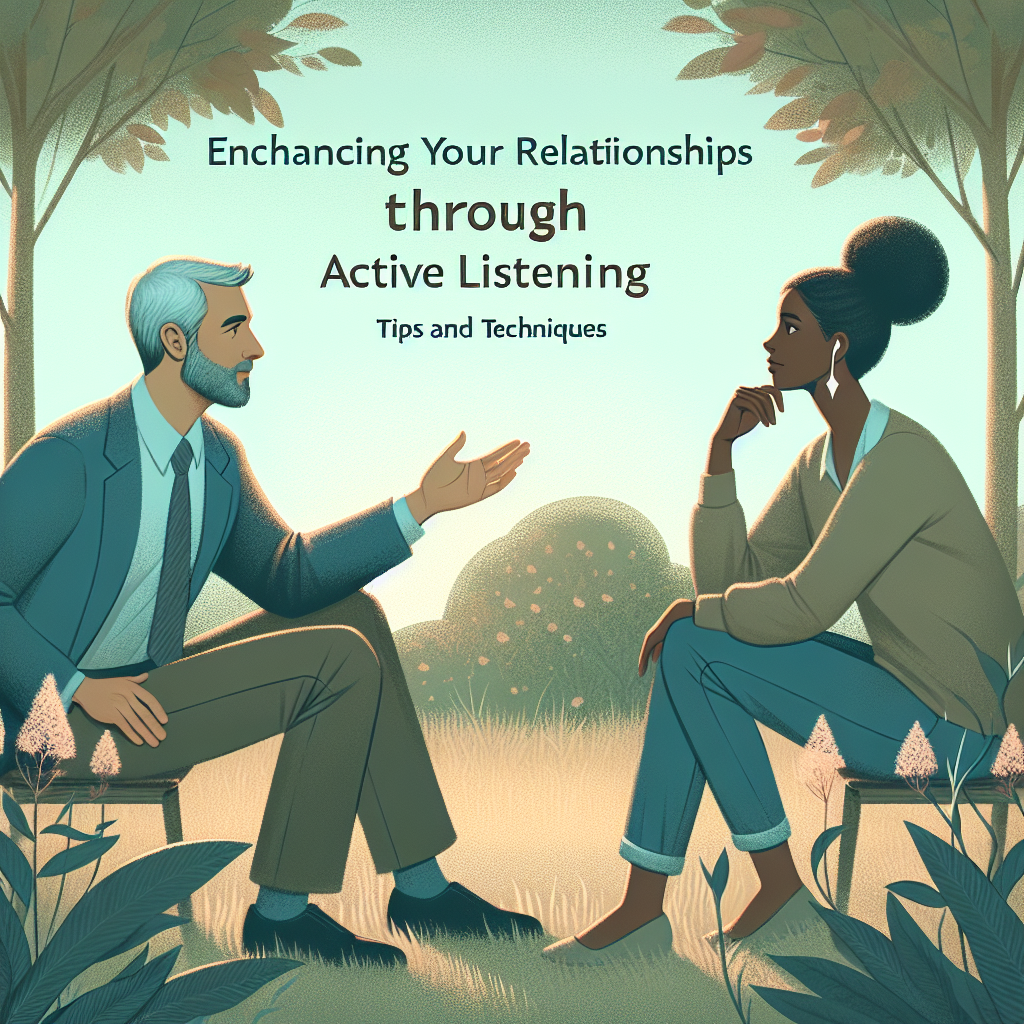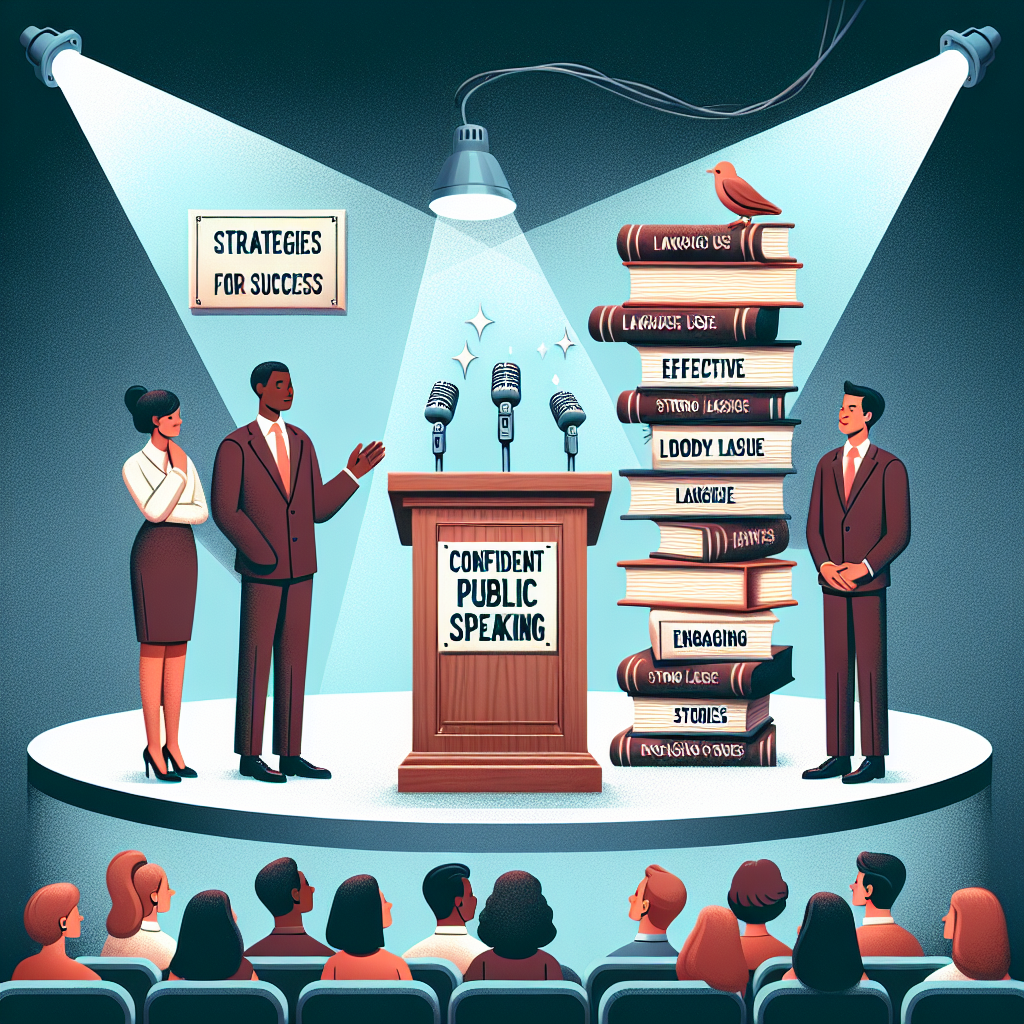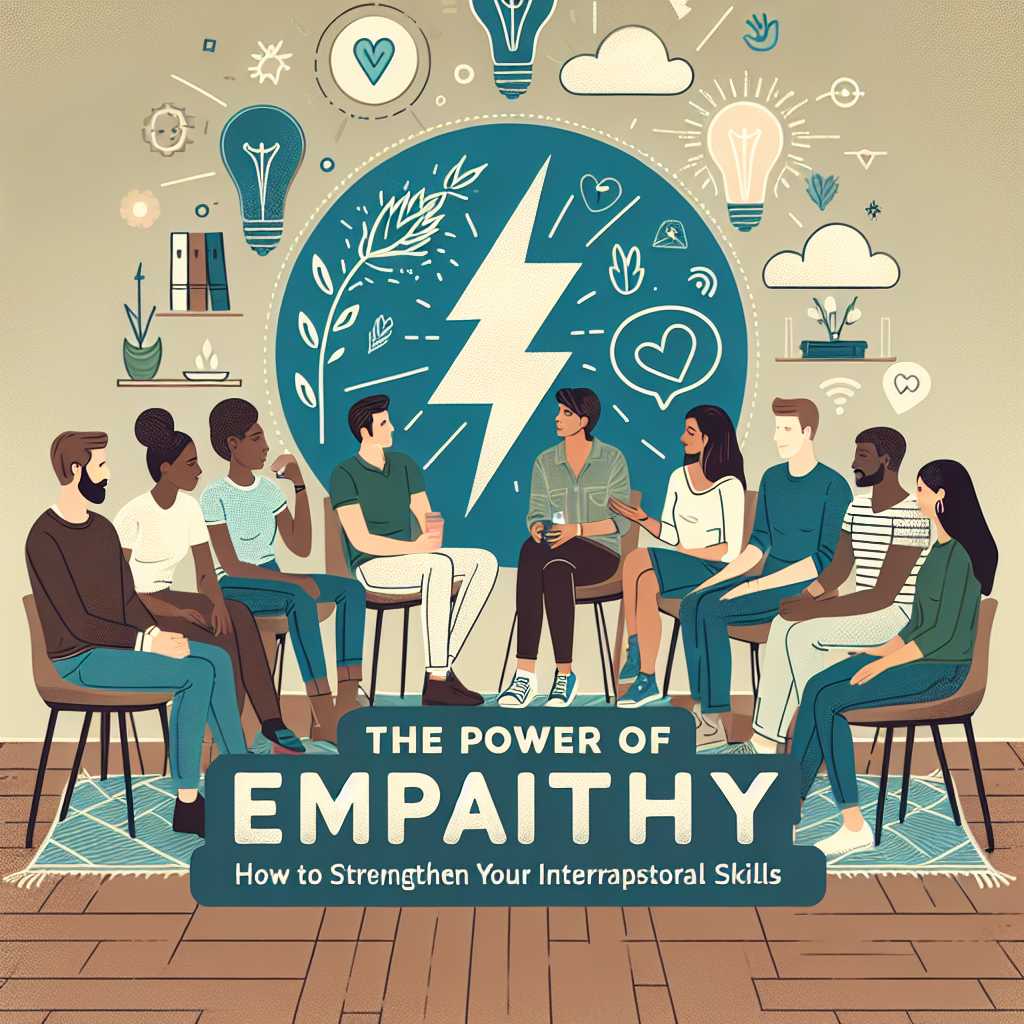In today’s fast-paced and ever-changing work environment, companies are looking for employees who can adapt and learn quickly in order to stay competitive. One key trait that employers are seeking in their workforce is learning agility. Learning agility is the ability to learn from one’s experiences and apply that knowledge to new situations, enabling individuals to thrive in rapidly changing work environments.
Unlocking your potential through developing learning agility skills is essential for success in the workplace. In this article, we will explore what learning agility is, why it is important, and how you can develop and enhance your own learning agility skills.
What is Learning Agility?
Learning agility is the ability to learn quickly from experiences and apply that learning to perform effectively in new and challenging situations. It involves being open to new ideas, seeking out new experiences, and being willing to adapt and change in response to new information. Individuals who possess high levels of learning agility are able to quickly grasp new concepts, learn quickly from their mistakes, and apply that learning to improve their performance.
Why is Learning Agility Important?
In today’s rapidly changing work environment, the ability to learn quickly and adapt to new challenges is essential for success. Companies are constantly evolving and changing, and employees who can’t keep up with these changes will quickly fall behind. Learning agility allows individuals to stay relevant, adaptable, and effective in the face of ongoing change.
Employees who possess high levels of learning agility are more likely to succeed in their careers, as they are able to quickly learn new skills, adapt to changing roles and responsibilities, and continually improve their performance. In addition, employees with strong learning agility are better equipped to handle the challenges and uncertainties of today’s work environment, making them more valuable assets to their organizations.
How Can You Develop Your Learning Agility Skills?
There are several ways you can develop and enhance your learning agility skills. Here are some tips to help you unlock your potential and become a more agile learner:
1. Embrace Challenges: One of the key components of learning agility is being willing to take on new challenges. Seek out opportunities to expand your skills, take on new projects, and step outside of your comfort zone. Embracing challenges will help you develop a growth mindset and become more adaptable and resilient in the face of change.
2. Seek Feedback: Another important aspect of learning agility is being open to feedback. Actively seek out feedback from your colleagues, mentors, and supervisors on your performance and use that feedback to drive your learning and development. By being open to feedback, you can identify areas for improvement, learn from your mistakes, and continually grow and evolve as a professional.
3. Reflect on Your Experiences: Take the time to reflect on your experiences, both positive and negative, and identify what you have learned from each experience. Consider what worked well, what didn’t work, and how you can apply those lessons to future situations. Reflecting on your experiences will help you learn from your mistakes, identify patterns in your behavior, and continually improve your performance.
4. Stay Curious: Curiosity is a key trait of individuals with high levels of learning agility. Stay curious about the world around you, ask questions, seek out new experiences, and continuously expand your knowledge and skills. By staying curious, you can keep your mind open to new possibilities, develop a thirst for learning, and maintain a growth mindset.
5. Practice Self-Reflection: Take the time to assess your own strengths and weaknesses, goals and aspirations, and values and beliefs. Self-reflection will help you understand yourself better, identify areas for improvement, and set goals for your personal and professional development. By practicing self-reflection, you can become more self-aware, develop a deeper understanding of your own learning style, and take control of your own learning and growth.
6. Learn from Others: Surround yourself with people who possess high levels of learning agility and observe how they approach challenges, learn from their experiences, and apply their knowledge to new situations. By learning from others, you can gain new perspectives, insights, and ideas that can help you develop your own learning agility skills.
7. Seek out Learning Opportunities: Look for opportunities to expand your knowledge, skills, and experiences through formal education, training programs, workshops, conferences, and networking events. Seek out mentors, coaches, and role models who can support your learning and development and help you navigate the challenges of the workplace. By seeking out learning opportunities, you can continually expand your skills, knowledge, and experiences and unlock your full potential as a learner.
FAQs:
1. What are the benefits of developing learning agility skills?
Developing learning agility skills can help you adapt to new challenges, learn quickly from your experiences, and continuously improve your performance. Individuals with high levels of learning agility are more likely to succeed in their careers, stay relevant in a rapidly changing work environment, and become valuable assets to their organizations.
2. Can anyone develop learning agility skills?
Yes, anyone can develop and enhance their learning agility skills through practice, feedback, reflection, and seeking out new learning opportunities. By embracing challenges, staying curious, seeking feedback, and learning from others, you can unlock your potential and become a more agile learner.
3. How can I measure my learning agility?
There are several assessment tools and frameworks that can help you measure your learning agility, such as the Learning Agility Inventory and the Korn Ferry Four Dimensions of Learning Agility. These tools can help you identify your strengths and areas for improvement in terms of learning agility and provide you with insights into how you can enhance your skills.
4. How can I demonstrate my learning agility to employers?
You can demonstrate your learning agility to employers by highlighting your willingness to take on new challenges, learn from your experiences, adapt to change, and continuously improve your performance. Provide examples from your past experiences where you have successfully demonstrated learning agility and how it has helped you overcome challenges and achieve success in the workplace.
5. How can I continue to develop my learning agility skills over time?
You can continue to develop and enhance your learning agility skills over time by staying curious, seeking out new learning opportunities, practicing self-reflection, and surrounding yourself with people who possess high levels of learning agility. By continually challenging yourself, seeking feedback, and learning from your experiences, you can become a more agile learner and unlock your full potential in the workplace.





Leave A Comment